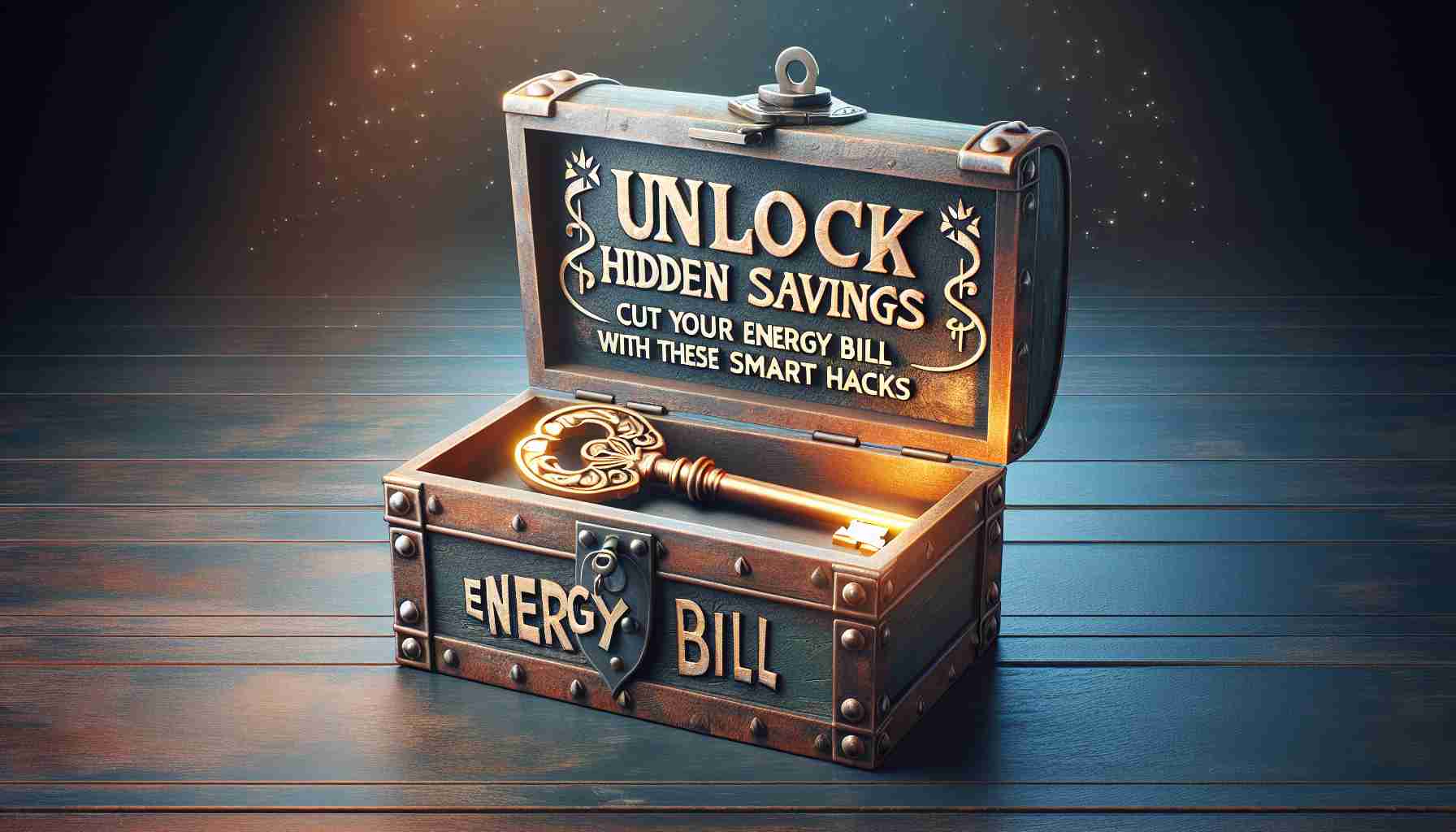- Analyze your air conditioning usage to save on costs; running it only when necessary can reduce monthly expenses.
- Adjust your refrigerator’s thermostat to 4-6 degrees to enhance energy efficiency.
- Use your dishwasher’s eco mode and run it only when full to cut costs by up to 20%.
- Opt for cold wash cycles and high-speed spins in your washing machine to minimize energy usage.
- Unplug electronics like your TV when not in use to eliminate unnecessary energy waste.
- Avoid preheating the oven for long-cooking dishes and utilize residual heat to save energy.
- Invest in energy-efficient appliances to maximize savings in the long run.
As electricity prices soar to unprecedented levels, savvy consumers are scrambling for ways to lighten their monthly bills. Fear not! Simple strategies can help you save big on your energy costs.
Understanding Costs: Did you know that turning on your air conditioning for just four hours daily can drain about €36 from your wallet each month? Experts recommend analyzing your AC’s efficiency by averaging its power usage—which can help you make informed decisions about when to run it.
Energy-Guzzlers in Your Home: Your refrigerator may silently drain energy all day, but adjusting its thermostat to a cool 4-6 degrees can reduce costs. Also, while your dishwasher might seem like a villain, choosing an eco mode could save up to 20% on your bill. It’s smarter to wait until it’s full for a wash, rather than using half-load settings.
Smart Washing: Cut laundry costs by using cold wash cycles and high-speed spin options. Be mindful with your TV too—leaving it on can rack up unnecessary charges. Simply unplugging it when not in use can prevent energy waste.
Efficient Cooking: When it comes to the oven, avoid preheating for longer dishes and resist the urge to check on your food, as each peek can waste precious heat. Plus, make the most of residual heat by switching it off a little early.
Final Tips: Invest in energy-efficient appliances and embrace habits like using residual heat and avoiding standby mode. With these tips, you’ll be empowered to tackle rising energy costs and trim your bill significantly!
Cut Your Energy Bills Now: Must-Know Strategies for Consumers
Understanding Rising Energy Costs
As electricity prices reach new heights, consumers are increasingly seeking practical and efficient ways to manage their energy expenses. It’s essential to understand how daily habits and household appliances contribute to energy consumption, as small adjustments can lead to significant savings.
New Insights on Household Energy Use
Did you know that energy prices are projected to rise by an average of 30% over the next five years due to inflation and supply chain issues? This forecast highlights the importance of adopting energy-saving practices now more than ever.
Features of Energy-Efficient Appliances
Modern energy-efficient appliances, certified by Energy Star, can cut energy consumption by up to 50%. Investing in these appliances is a proactive strategy to counteract rising electricity costs. Features like smart sensors and variable speed motors optimize operation, enabling households to save more significantly on their energy bills.
Innovative Energy-Saving Solutions
Homeowners can now leverage smart home technology to reduce energy consumption. Devices such as smart thermostats can learn your schedule and adjust settings automatically, potentially saving you up to 10-15% on heating and cooling costs.
Market Trends and Predictions
The energy market is shifting towards greener solutions, with 70% of consumers expressing an interest in renewable energy sources. Investing in solar panels and energy storage systems is becoming increasingly popular, potentially reducing long-term electricity expenses, especially with incentives and rebates available.
Pros and Cons of Changing Energy Providers
Switching energy suppliers can offer lower rates and better service, but it’s crucial to analyze contract terms and hidden fees. Pros include potential savings and customer service improvements, while cons may involve initial switching costs and the hassle of research.
Frequently Asked Questions
1. How can I identify the most energy-efficient appliances for purchase?
– Look for the Energy Star label, which indicates compliance with energy efficiency guidelines set by the U.S. Environmental Protection Agency. Additionally, check the appliance’s energy rating and compare similar products.
2. What are some immediate actions I can take to reduce my electricity bill?
– Start by unplugging devices when not in use, making use of natural light during the day, sealing drafts around doors and windows, and switching off lights in unoccupied rooms.
3. Will switching to a time-of-use rate plan save me money?
– Yes, time-of-use plans can lead to savings if you shift energy use to off-peak times when rates are lower. Analyze your current energy consumption patterns to determine the best plan for your needs.
For more tips and resources on reducing energy costs, visit energy.gov.
